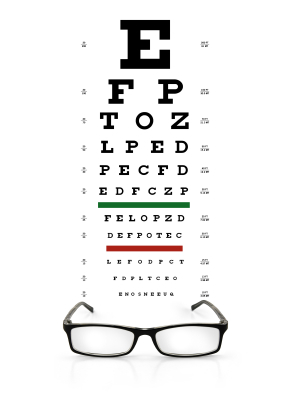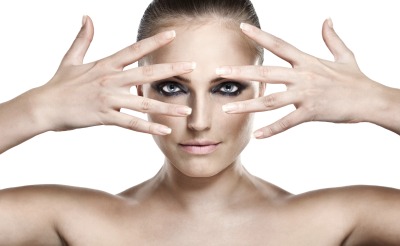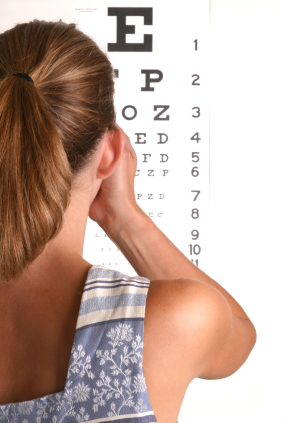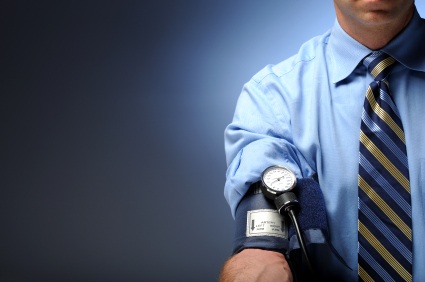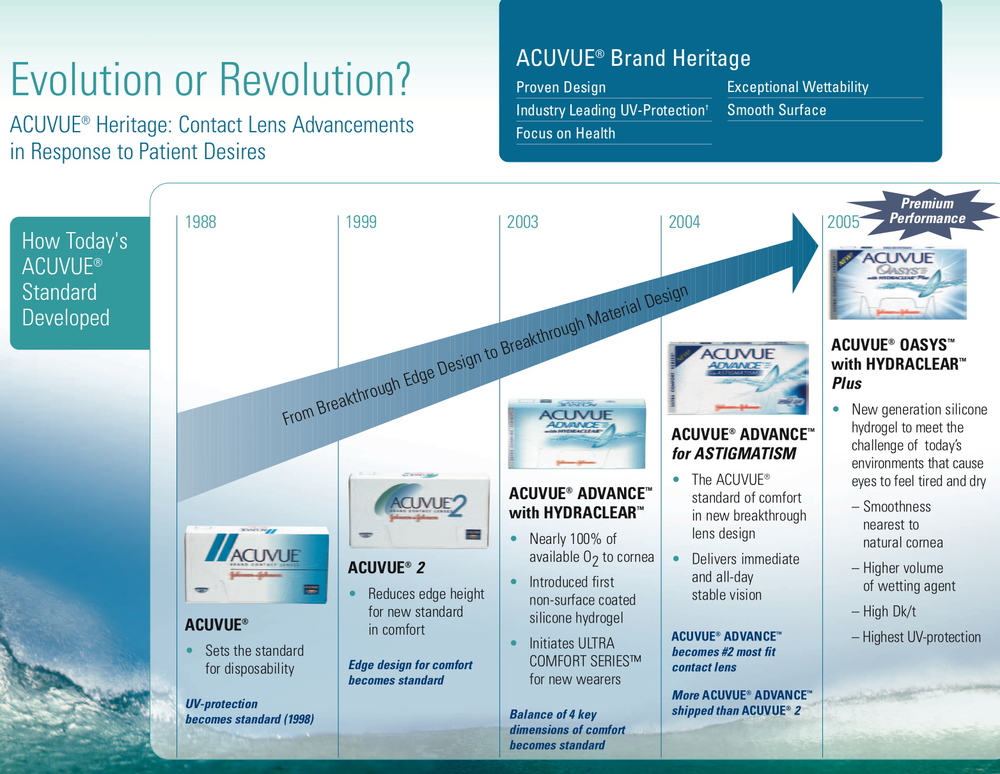What Does a Comprehensive Eye Exam Involve?
/A comprehensive eye health examination performed by an optometrist or ophthalmologist should involve an assessment of two main areas: a visual assessment and an ocular health assessment. A visual assessment evaluates how well you are presently seeing and checks for any need for spectacles, contact lenses or laser eye surgery. The visual assessment would involve the following types of tests:
- Visual Acuity Testing – Your eye doctor will ask you to read an eye chart. Usually this test is done one eye at a time, and can be performed with or without your eyeglasses. For small children or people with difficulty reading an eye chart, pictures or numbers may be substituted.
- Refraction – Your eye doctor will assess your need for visual correction using a machine called a phoropter, which is really just a large pair of eyeglasses filled with thousands of lens combinations.
- Binocular Testing – Your eye doctor will do various tests to see how well your eyes work together as a team.
The ocular health assessment part of your eye exam does just that – it tests to see how healthy your eyes are, inside and out. Here are some of the tests your eye doctor will perform:
- Slit Lamp Examination – Your eye doctor will examine the front part of your eyes using a special microscope known as a slit lamp. This instrument is used to evaluate the external health of your eyes while screening for eye conditions like cataracts. Most optometrists also use the slit lamp along with special high plus lenses to evaluate the internal health of the eye and the retina.
- Tonometry – Your eye doctor will use this test to measure the intraocular pressure or fluid pressure within your eye. An elevated intraocular pressure reading may be an indication of glaucoma. This eye test can be done using a number of different instruments. One of them is known as a non-contact tonometer or NCT test. Here you’ll focus on a light and then feel a gentle puff of air against your eye. While the sound and sensation may startle you, don’t be afraid – no harm is being done. Other tonometry tests may require the use of eye drops to numb the surface of the eye. These tests are done when more accurate readings are required.
- Ophthalmoscopy – Your eye doctor will use various lights to examine the internal structures of your eyes and your retina. These tests can either be done during the slit lamp examination (as noted above), with a separate hand held ophthalmoscope or with a head mounted binocular indirect ophthalmoscope. Your eye doctor may choose to use eye drops to dilate, or widen your pupils. This procedure allows for a much clearer view of the retina to make absolutely certain that everything is healthy. While the eye drops will tend to blur your vision and make your eyes slightly light sensitive for a few hours, it is the best way to detect any possible retinal eye disease. Kingsway Optometry highly recommends that patients have a dilated eye examination at least every 2 years. Learn more about a medical eye health examination.
- Visual Field Testing – Your eye doctor may wish to check the sensitivity of your peripheral, or side vision. This simple test can reveal any subtle loss of your peripheral vision that may be a sign of diseases more serious eye diseases like glaucoma, stroke, or neurological problems.
Schedule your comprehensive or medical eye exam with an eye doctor at Kingsway Optometry today.


